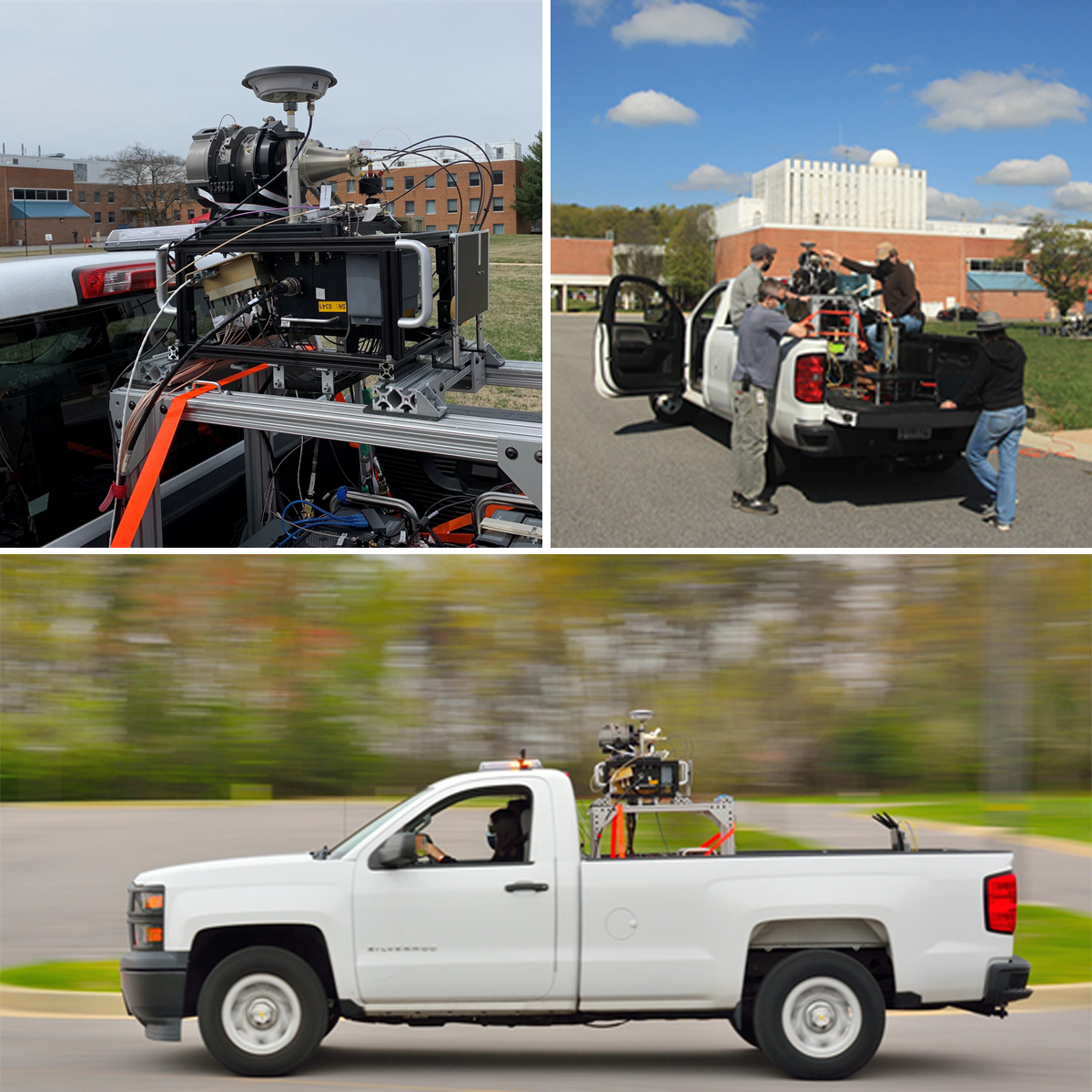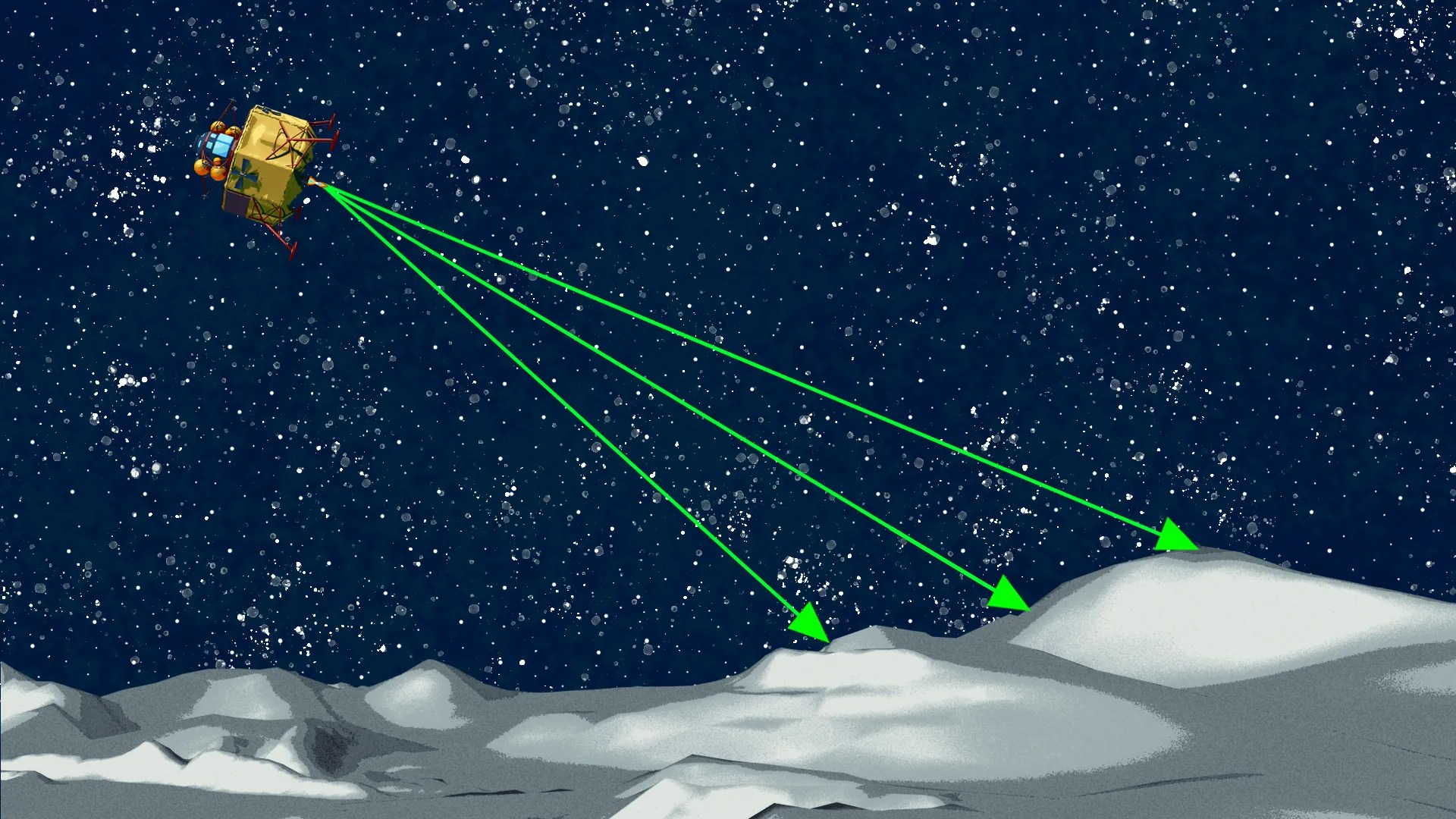Hazard Detection Lidar (HDL) is one of a complement of sensors under development as part of the Safe & Precise Landing – Integrated Capabilities Evolution (SPLICE) Program managed out of Johnson Space Center (JSC). HDL is a hybrid scanning-imaging lidar that performs rapid 3-D landing site imaging with real-time Digital Elevation Model (DEM) generation for Precision Landing and Hazard Avoidance (PL&HA) maneuvers. HDL enables safe-site landing near targeted surface locations on the Moon, Mars, or other solar system destinations and for future Human Landing missions.
What is SPLICE?
NASA is developing advanced precision landing technologies for robotic science and human exploration missions to the Moon, Mars, icy bodies, and other terrestrial destinations.
A new suite of lunar landing technologies, called Safe and Precise Landing – Integrated Capabilities Evolution (SPLICE), will enable safer and more accurate lunar landings than ever before. Future Moon missions could use SPLICE’s advanced algorithms and sensors to target landing sites that weren’t possible during the Apollo missions, such as regions with hazardous boulders and nearby shadowed craters. SPLICE technologies could also help land humans on Mars.
The Hazard Detection Lidar (HDL) sensor is a laser-based 3D imaging system that scans a surface to create a 3D map of the landing field. The HDL images surface terrain that could be a hazard for landings, such as steep slopes or large rocks.


























